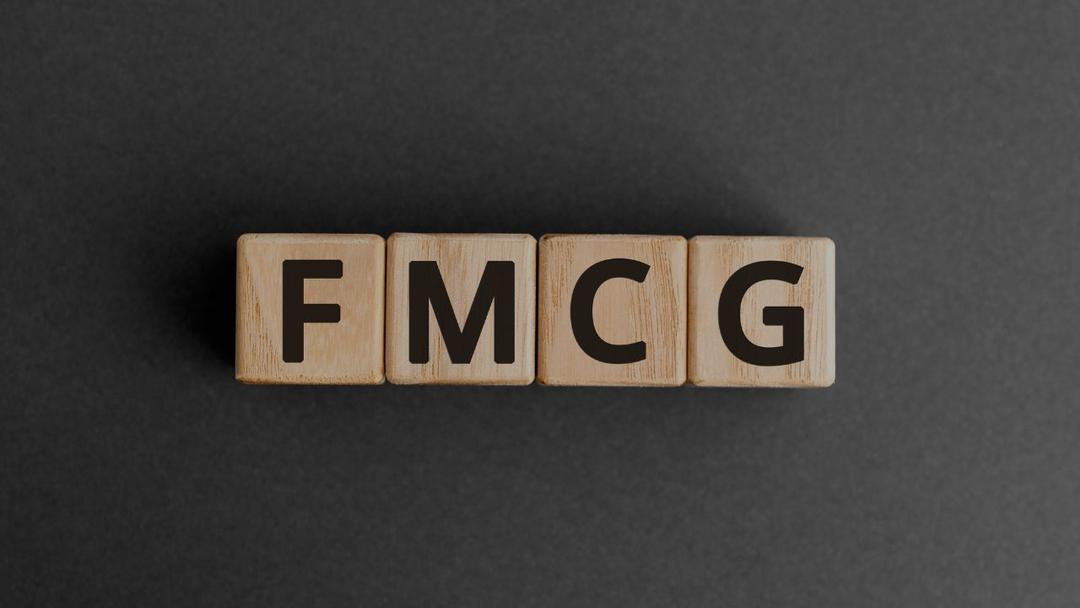NIFTY FMCG sector grew 17% post Q1FY23 due to robust performance of FMCG companies in Q1
Posted by : Sheen Hitaishi | Wed Sep 14 2022

In Q1FY23, FMCG companies saw price-led revenue growth, as most companies raised prices by 10-15% in the previous year to reflect significant inflation in palm oil, crude derivatives, and agricultural commodities. Even the greater YoY growth figures in volumes and revenue were not completely trustworthy due to the low base in Q1FY21 due to the covid-19 pandemic. Despite margin pressure from rising RM inflation, few FMCG firms reported strong annual growth in Q1FY23. While the increase in demand for FMCG products, which can be attributed to the economy’s opening up, the strong monsoon, and the impending holiday season, was a plus for those companies.
Even the NIFTY FMCG index has made a significant up move post Q1FY23 results and the same can be seen through graph below.

This index reached it 52 week low in March, post which in Q1FY23 i.e., April to June it went sideways and with the end of Q1FY23, NIFTY FMCG has gone up significantly. This jump in the index may be linked to the performance of FMCG businesses in Q1, which drove the value of the index, bringing substantial rewards to investors. As we have already examined various NIFTY50 companies, including FMCG firms such as HUF, ITC, Dabur, Varun Beverages, and others, on our website Univest.in, let us now examine the entire performance of the FMCG sector in Q1FY23 and see if this can develop into a reasonable bet for investors in the future.
Price Movement of FMCG stock in Q1FY23

You may also like: Dabur India Ltd Results
Higher commodity prices affected HUF’s & few other FMCG players’ margins
Most commodity prices seem to have peaked out in June 2022 and started cooling off considerably. Palm oil prices have dropped 30% from the peak but average palm oil prices in Q1FY23 were up 54% against average of Q1FY22. Similarly, crude oil prices have started cooling off from the peak but still remain above US$100/ barrel. The government has proactively restricted exports of wheat and sugar, which has cooled down Agri commodity prices as well.
HUL posted an EBITDA Margin of 23.2% which was lower than expected due to RM inflation, whereas premiumization of products has helped gain EBITDA margins in detergents and tea segments. While robust YoY growth was registered across different segments, thereby making it the most preferred choices of investment in this sector.
Whereas ITC, which has not only posted robust YoY growth across all segments but has also delivered good returns to the investors post Q1FY23 results. It has seen a 34% YoY growth in PAT supported by 28% YoY growth in revenue along with almost 336.2% YoY growth in their hotel business.
Even Dabur which saw double digit growth in their international business, also saw a robust QoQ growth in top and bottom line. They witnessed a revenue growth of 8.1% YoY to Rs 2822.4 crore led by 51% growth in the food business (mainly consists of beverage brand ‘Real’). They reported a 9.9% India sales growth led by 5% volume uptick.
Now Coming onto the Varun Beverages, it has seen its revenue getting double in Q1FY23 with a 50% YoY growth in their Net profits. Even the recently announced capex plans and newly launched Sting which carries the potential to capture market share over pan India has acted positively for their share price, as it is currently trading at its all-time high.
Godrej and Marico came out as Laggard in FMCG in Q1FY23
On August 2, Godrej Consumer Products released its Q1FY23 earnings, noting that the company’s profit fell 17% to Rs 345 crore due to rising input prices. However, its combined revenue from operations climbed by 8% YoY to Rs 3,125 crore, with Indian business growing by 12%.
Therefore, Godrej Consumer remains a long gestation turnaround. While Indonesia may witness a macro-led performance improvement, the tasks in India and Africa appear tall.
According to Marico, the first quarter saw a mid-single digit fall in business volumes in India. Saffola Oils experienced a double-digit volume decrease despite the company’s main brand, Parachute Coconut Oil, recording a small volume decline due to a high base from Q1FY22 and significant down-trading from super-premium to the mass market in edible oils.
Our view
HUL’s market share gains in FY22 were the biggest in a decade. Furthermore, it might be viewed as gross margins have likely bottomed out for a few FMCG corporations, including HUL and Britannia. Even on the Univest App, most of the FMCG companies have Neutral fundamentals. Despite that few of them like ITC, HUL and Varun Beverages are in bullish momentum in both short as well as long term time frames.
ITC shares have soared by almost 55% in a year. Given that so many analysts have given ITC shares a buy rating, there is still possibility for further growth. The shares of the major FMCG company have just reached a new 52-week high and have been trading close to it. ITC crossed a market valuation of Rs 4 trillion after 5 years, riding the wave of a huge purchasing frenzy. Therefore, investors can consider adding a few select FMCG stocks and rebalance their portfolio upon announcement of Q2FY23 results.
About the Author
Ketan Sonalkar (SEBI Rgn No INA000011255)
Ketan Sonalkar is a certified SEBI registered investment advisor and head of research at Univest. He is one of the finest financial trainers, with a track record of having trained more than 2000 people in offline and online models. He serves as a consultant advisor to leading fintech and financial data firms. He has over 15 years of working experience in the finance field. He runs Advisory Services for Direct Equities and Personal Finance Transformation.
Note – This channel is for educational and training purpose only & any stock mentioned here should not be taken as a tip/recommendation/advice
You may also like: FMCG Major Hindustan Unilever Q1FY23 performance

Related Posts